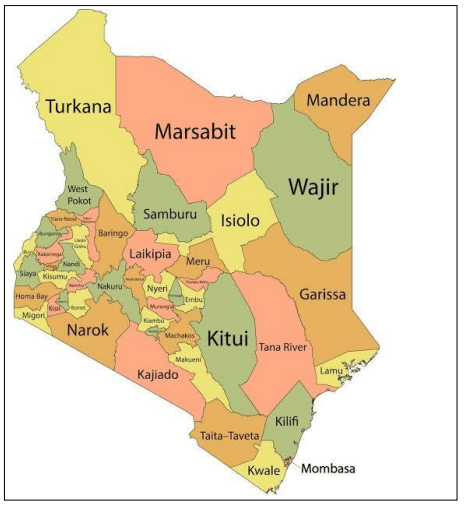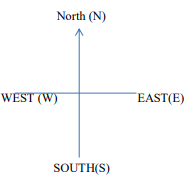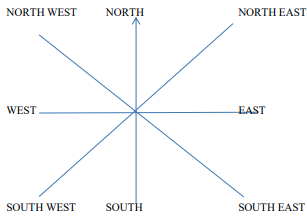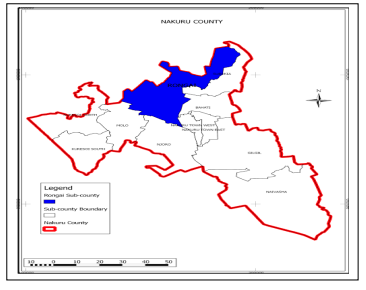
Natural environment
- Natural environment refers to all living and non-living things that occur naturally
Compass Direction
- A compass is used to tell direction of one place from another
- The compass has four points namely:
- North
- South
- East
- West
- The points of a compass are called cardinal points.
- A compass is used to show direction on a map
- The arrow of the compass always points to the north
- East shows the direction from which the sun rises.
- West shows the direction to which the sun sets.
Using cardinal points to give direction
PUPILS ACTIVITY
PAGE 4-9
Eight compass points
- There are four other points of a compass that are found between four cardinal points.
PUPILS ACTIVITY
PAGE 8-11
Location and size of the county
- Our country is made up of several counties
- There are 47 counties in Kenya
- Our school is located in Nakuru County
Sub counties that make up our county Nakuru are
- Naivasha
- Gilgil
- Nakuru central
- Rongai
- Kuresoi
- Molo
- Njoro
- Nakuru north
- Subukia
- Bahati
Location and size of the county in relation to the neighboring counties
- Our country is made up of several counties
- There are 47 counties in Kenya
- Our school is located in Nakuru County
Counties that neighbor our county Nakuru
- Baringo county to the north
- Laikipia county to the north east
- Nyandarua county to the east
- Kiambu county to the south east
- Kajiado county to the south
- Narok county to the south west
- Bomet county to the west
- Kericho county to the west

Physical Features In The County
- Physical features are natural things we see on the surface of the earth
- They show how the land looks like
- Examples of physical features
- Rivers
- Lakes
- Mountains
- Plains
- Valleys
- Swamps
- Plateaus
- Springs
- Hills
- Oceans
RIVERS
- A river is a natural flow of water in a valley
- Rivers flow throughout the year are called permanent rivers
- Rivers flowing only during wet season are called seasonal rivers
- An area where the river starts is called a source
- Small streams that join the main river are called Tributaries
- A point where two or more rivers meet is called a confluence
- Where the river drains forms its mouth
Examples of rivers in our county
- River Subukia
- River Amalo in Olenguruone
- River Molo
- River Chawai in Mau forest
- River Chinga in Subukia
- River Kabazi
- River Chania in Bahati
- Shrine stream
Some seasonal rivers
- River Nyarugu in Njoro
- River Bagaria
- River Lolderi
- River Kirimu
WATER FALLS
- It is the flow of a river over a very high place to the ground
Some examples of water falls in our county
- Bagaria water falls along R.Bagaria
- Songongo water falls along R.Chewai
- Glory and along the Subukia escarpment
LAKES
- It is a large depression on the surface of the earth that is filled with water
- Examples
- Lake Nakuru
- Lake Elementaita
- Lake Naivasha
- Lake Oloidien
HILLS
- It is an area that is higher than the surrounding land
- Hills are smaller than mountains
- Examples
- Hyrax hills
- Lions hills
- Man hills
- Eburu hills
- Kerugue hills
- Gilgil hills
- Jogoo hills
- Lesirwa hills
- Jumatatu hills
- Kasambara hills
- Kianjoya hills at miti mingi
- Elge wood hills
- Arashi hills
- Kerima Ndege hills in mbogoini
- Gitunga hills
- Mwiteithia hills in Mbogoini lower subukia
- Honeymoon hill in Nakuru National park
MOUNTAINS
- It is a large part of the earth surface that is much higher than its surrounding
- Examples
- MT. Menengai
- MT, Longonot
- MT. Suswa
The highest mountain in Nakuru County is MT. Longonot near Maai – Mahiu, Naivasha Sub County
PLAINS
- It is a large low land that is generally flat
- Elementaita plains
- Kigio plains
- Rongai- boror – ngata plains
VALLEYS
- It is a depression between two areas that are high or raised
- Valleys that rivers flow through them are called Valley Rivers
- Examples
- Great rift valley
- Nyatoru valley in Kiambogo
- Subukia valley
SWAMPS
- Are lowlands filled with water and covered by swamps Examples
- Kiptungar swampsnear Mau forest
- Sasumua swamp near Muchorwe moto
- Wila swamp in kuresoi
- Silbwet swamp in keringet in kuresoi
SPRINGS
- It forms where water flows out of the ground from an underground source
- Examples
- Lake Elementaita springs
- Lake Nakuru springs
- Labere springs
- Oljorai springs
- Kariandusi springs
- Chamuka springs
PLATEAUS
- It is a raised piece of land that is flat at the top
- Examples
- Metha plateau
- Kiambogo – Ndabibi area near Nyatoru valley
OCEANS
- Are very large areas of water where water from different rivers collect.
Examples
Indian Ocean
Importance of physical features
- Water for domestic and industrial use
- Home for wildlife
- Used for irrigation
- Tourist attraction
- Used for transport
- Clay collected at the river banks is used for modeling
- Rivers act as boundaries
- Plains are good grazing grounds
- Valleys are good for farming
Conserving physical features
- Physical features can be conserved by
- Plating more trees
- Not cutting down trees
- Prevent overuse and deforestation of forest.
- Avoid pollution of water bodies.
- Educate people on importance of physical features.
Seasons in the county
- There are 4 seasons in a year
- These are:
- Hot
- Cold
- Dry
- Rainy
PUPIL’S ACTIVITY
PAGE21-23
Activities in different seasons
- People carry out different activities each season.
- People wear different types of clothes during different seasons.
Season Activity Hot 1. Harvesting crops
2.Dry 1. Preparing land
2.Cold 1. Weeding crops
2.Rainy 1. Planting crops
2.
PUPIL’S ACTIVITY
PAGE 24-26

Built Environment
- Built environments refer to the human made environment.
- For example schools
- Some of the buildings we see today were built long time ago. They are part of built environment.
Historic built environment in the county
- These are structures/environments that remind us of our history or where we have come from
- Historic built environment refers to features made by people
- These features have a historic value
- They include
- Museums
- Monuments
- Historical buildings
- Cultural centers
- Historical sites
Historic built environments
| Name of the built environment | County | Type-museum, monuments, building, cultural centres | |
| 1. | Fort Jesus | Mombasa | |
| 2. | Bomas of Kenya | Nairobi | Cultural Centre |
| 3. | Hyrax museum | Nairobi | Museum |
| 4. | Lord Egerton Castle | Nakuru | |
| 5. | Jomo Kenyatta Monument | Nairobi | Monument |
| 6. | Nairobi Museum | Nairobi |
Importance of the historic built environment
- They create a sense of belonging
- They serve as resources learning centres
- Attracts tourist and earn as foreign exchange in our county
- They enable social interactions with friends, family and community when we visit them
- Many people are employed to work in historical buildings, museums, and take care of monuments
- They remind us and teach us about our culture
- They are sources of information for learning
- They are used as recreational areas for relaxation
Ways of caring for historic built environments.
- Repair the destroyed parts of historic built environments
- Handle items in the historic environments with care
- Develop conservation messages and place them at historic built environments
- Educate other people on the importance of historic built environments
- We can also repair broken parts, guard and dust them.
- We can clean, clear bushes, paint or fence the area.
- We should take care of our historic built environments.
Participating in caring for historic environments
PUPIL’S ACTIVITY
PAGE 31-32
Download Natural And Built Environments - Grade 4 Social Studies Revision Notes.
Tap Here to Download for 30/-
Get on WhatsApp for 30/-
Why download?
- ✔ To read offline at any time.
- ✔ To Print at your convenience
- ✔ Share Easily with Friends / Students




